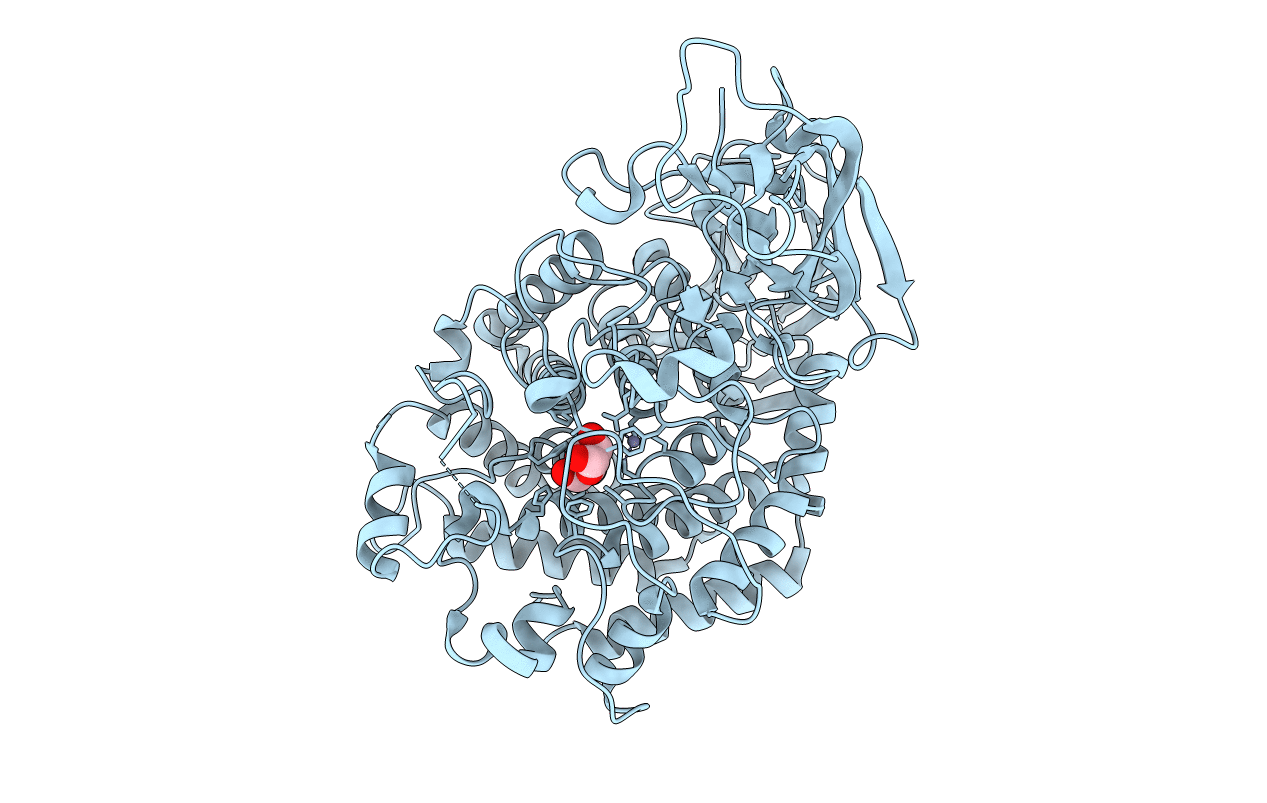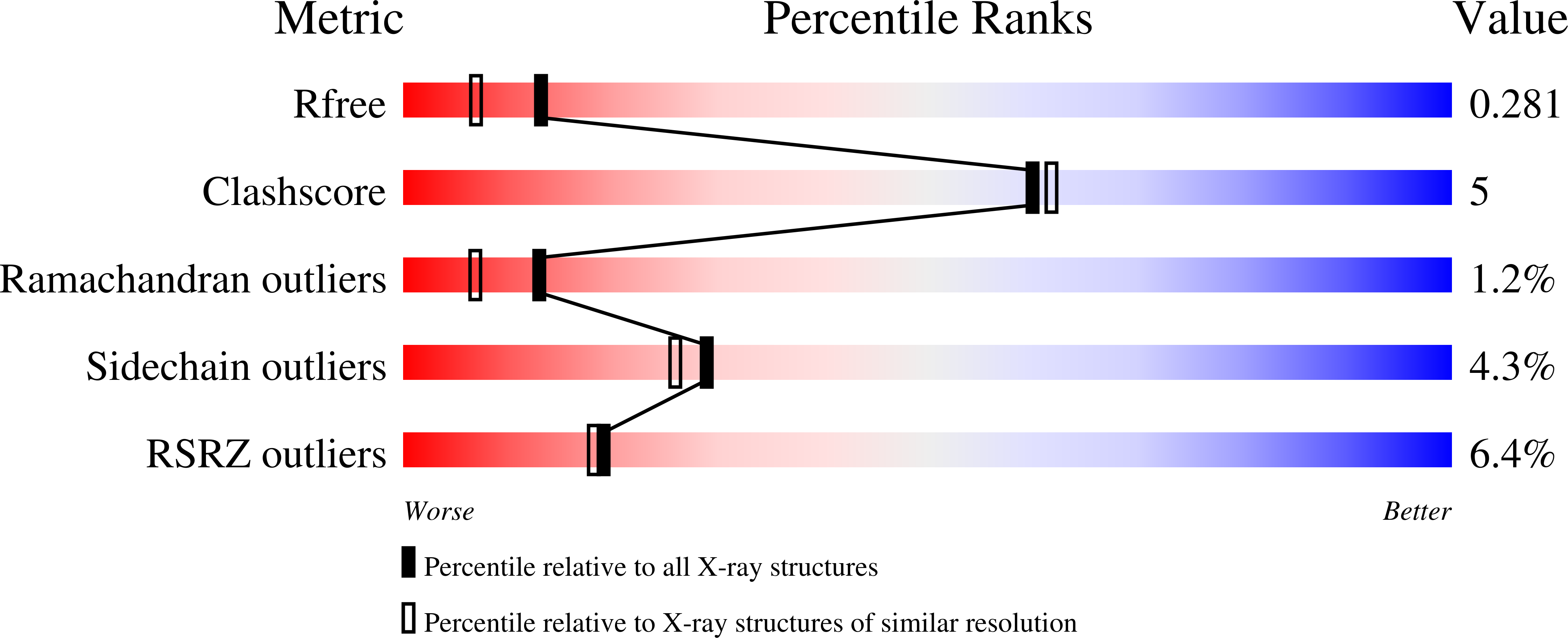
Deposition Date
2013-11-01
Release Date
2014-04-30
Last Version Date
2024-05-29
Entry Detail
PDB ID:
3WKX
Keywords:
Title:
Crystal structure of GH127 beta-L-arabinofuranosidase HypBA1 from Bifidobacterium longum arabinose complex form
Biological Source:
Source Organism:
Bifidobacterium longum (Taxon ID: 565042)
Host Organism:
Method Details:
Experimental Method:
Resolution:
2.00 Å
R-Value Free:
0.27
R-Value Work:
0.22
R-Value Observed:
0.22
Space Group:
P 32 2 1


